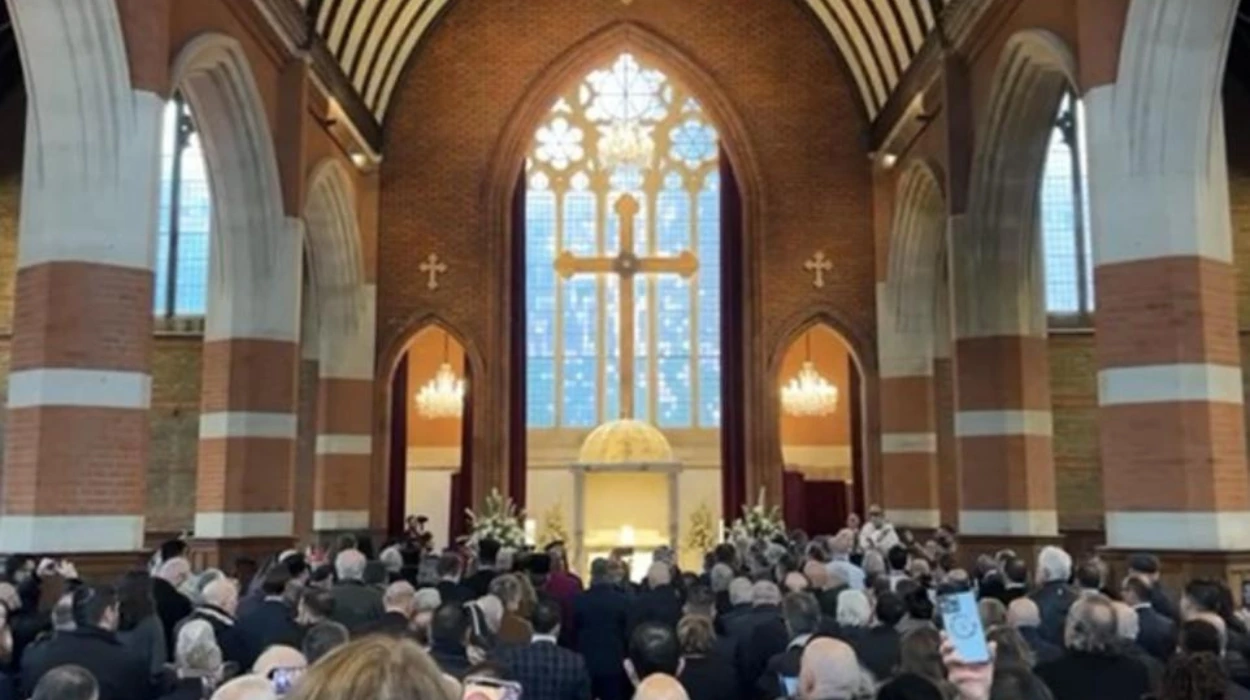Ealing (Parliament Politics Magazine) – The opening of St. Mary’s Cathedral on February 15, 2025, united 500 members of the Assyrian Church of the East community, marking a historic event in Ealing.
It was formerly known as St. James’ Church, and after it was closed, it languished empty on St. James’ Avenue in West Ealing for eight years.
The local Assyrian community, however, just purchased and renovated it, and during the weekend, they were permitted to enter for the first time.
What made St Mary’s Cathedral opening a historic event in Ealing?
Originating in the early centuries of Christianity, the Assyrian Church of the East is among the earliest Christian denominations.
The melody of the cathedral choir and a chamber music group welcomed communities from all over the world into the renovated cathedral.
Before the highly anticipated inauguration ceremony, every standing and sitting area was swiftly occupied.
It featured speeches by Richard Kornicki, the Deputy Lieutenant for the Borough of Ealing, Yvonne Johnson, the Mayor of Ealing, and the Bishop of North Africa of the Province of Alexandria.
According to Mr. Kornicki, the Assyrian church has existed in Ealing for a long time. However, the cathedral’s opening guaranteed that it would be able to promote love and generosity throughout the entire community.
Among the numerous notable foreign guests, Reverend Priest Ramen Youkhanis traveled from Australia.
“Assyrians from America, Australia, the Middle East and Canada are all here o share in that celebration”,
he explained.
As a statement that the Assyrian Community now had a location to establish roots in Ealing, His holiness, Mar Awa II planted a commemorative tree to end the ceremony.
The cathedral’s illuminated cross will now be illuminated around-the-clock, indicating that the once-dormant structure has been given a new function.
How will the opening of the Cathedral in Ealing impact the local community?
Cathedrals frequently act as gathering places for the community, bringing people of all backgrounds and faiths together and offering a venue for a variety of events.
Cathedrals serve vulnerable groups, such as the homeless and refugees, as part of their commitment to social justice. Cathedrals might, for instance, offer food, housing, and other services to assist the homeless in starting over.
By uniting many religious communities to celebrate shared interests, cathedrals serve a vital role in fostering robust interfaith discourse.
Through events, tourism, and employment development, cathedrals provide a substantial economic contribution to their communities. They support the local economy by drawing tourists, holding cultural events, and creating jobs.


